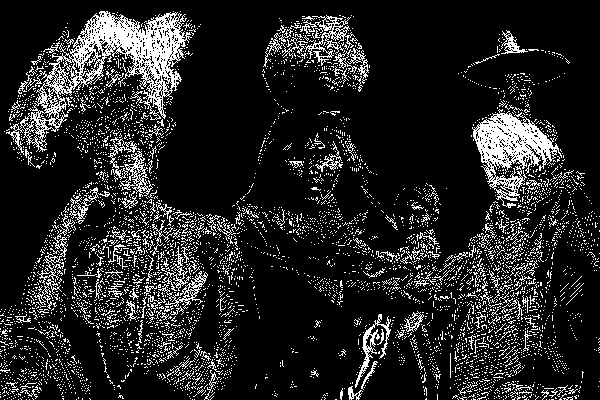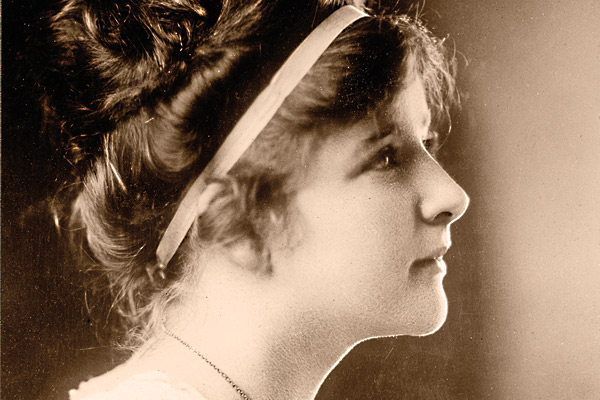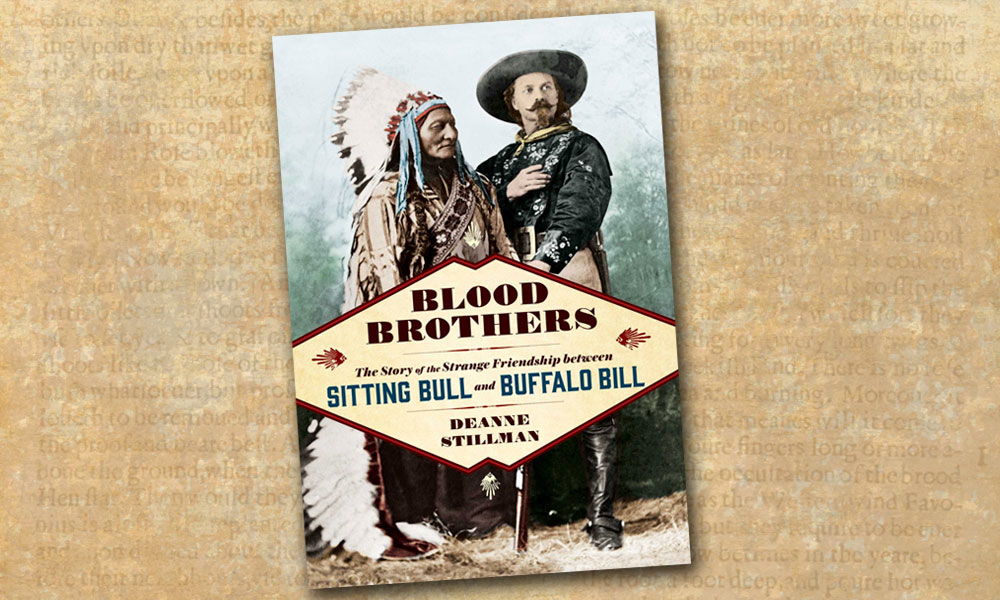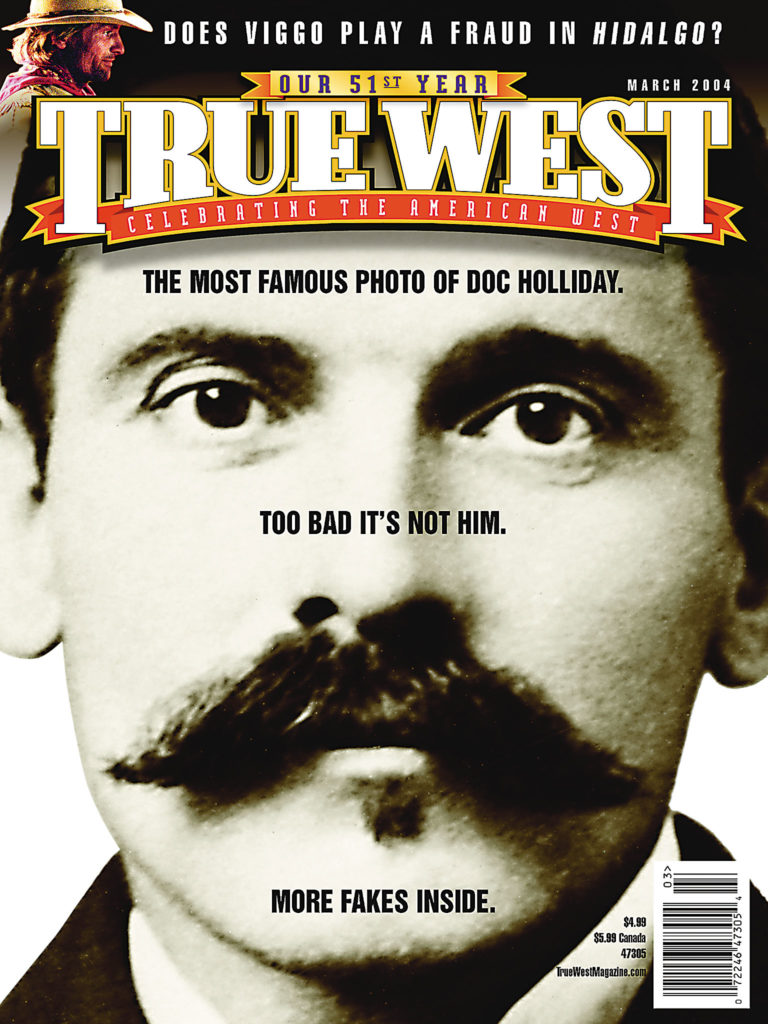 The real “mother of women suffrage” is not a name you’ll find in most history books, not a name that comes immediately to mind as does Susan B. Anthony or Lucretia Mott.
The real “mother of women suffrage” is not a name you’ll find in most history books, not a name that comes immediately to mind as does Susan B. Anthony or Lucretia Mott.
But the woman who first got her sisters the right to vote—in a most unlikely place—was Esther Morris of Wyoming.
On September 6, 1870—a half century before the United States would give women the national vote—the women of Wyoming went to the polls to become the first fully enfranchised women anywhere in the country. And they had Esther to thank.
Esther Hobart was born in New York in 1814 and orphaned at age 11. She married Artemus Slack in 1842 and after his death, moved with her son to Illinois, where her late husband had left her land. But the nation’s prejudicial land laws prevented her, a woman, from claiming her inheritance, and historians think that was the first ember in her quest for women’s rights.
While living in Peru, Illinois, she was active in the abolition movement to free the slaves. She married merchant John Morris and bore three more sons. In 1869, she joined them in South Pass City, Wyoming, where they’d moved to stake a mining claim. Within a year of her arrival, she had launched the first successful drive for women’s suffrage in the country.
Wyoming’s “freak” legislation
By the 1870s, Eastern women had spent three decades unsuccessfully working for the vote, facing ridicule and jail for daring to demand the right automatically given to white men.
But as Esther was discovering, the West saw things differently than the constricted East. In the West, men and women fought side by side for survival and to tame a raw land. Their mutual hardship and endurance helped open minds to new visions of fairness.
Esther’s strategy was simple but brilliant: she invited the two opposing candidates for the new territorial legislature to her home for tea and got them to pledge support for suffrage if they won election. The Democrat who won, William H. Bright, honored his promise and quickly introduced Council Bill Number 70 to give full suffrage to every woman over 21. He had no trouble getting it passed in the Democratic-dominated legislature (some think it passed because the legislators wanted to embarrass the Republican governor with such a controversial bill). But Gov. John A. Campbell had once attended a suffrage conference in the East and came away convinced the cause was just. He signed the suffrage bill into law.
The Eastern press went wild, calling it “freak” legislation and poking fun at Wyoming. But the territory stood firm, defeating an attempted repeal in 1871, and then putting Wyoming’s statehood on the line in 1890. When Washington, D.C. demanded that the Wyoming legislature rescind suffrage as the price of statehood, the lawmakers telegrammed back: “We will remain out of the union a hundred years rather than come in without our women.”
This would not be the only time Wyoming men would prove themselves open-minded. They also passed the nation’s most progressive laws on women’s property rights (and historians suspect Esther had a hand in that, too) and were the first to allow women to serve on juries. It wasn’t all altruism. Because there were so few women, the men knew they couldn’t be outvoted, but giving them the vote would attract more women to a state desperate for female settlers.
Opening roads for women
On March 28, 1890, Wyoming’s statehood narrowly passed the U.S. House of Representatives as Susan B. Anthony and other feminist leaders watched from the galleries. Three months later, the Senate approved, and the measure was signed by President Benjamin Harrison.
The first state to give women full suffrage was admitted to the Union on July 23, 1890. Chosen to present the state flag to the governor at the official celebration in Cheyenne was none other than Esther Morris.
One year after Wyoming women won their battle for the ballot, Esther had gone on to become the nation’s first woman justice of the peace. Her territory was South Pass City, with a population of several thousand tough miners, several saloons and just a handful of women. She served for eight and a half months and never had a decision reversed. But she did have to endure the ridicule of the Eastern press, which portrayed her as a cigar-smoking tough.
In her landmark book Women of the West, author Dorothy Gray quotes Esther from a rare interview that showed she well understood her unique role in history: “I have assisted in drawing a grand and petit jury, deposited a ballot and helped canvass the voters after the electing, and in performing all these duties I do not know as I have neglected my family any more than [in] ordinary shopping.”
As Esther left office, she won praise from the local newspaper that said she’d handled her judicial duties “with great credit.”
The road Wyoming opened would soon be traveled by other Western states—Utah, Colorado and Idaho would give women the right to vote before the turn of the century, whereas suffrage wouldn’t become a national law until 1920.
Wyoming never forgot the statuesque 6-foot-tall woman who opened politics to the American woman. In 1960—58 years after her death at age 87—Esther Morris was officially designated the “Mother of Women Suffrage” by the State of Wyoming. Statues of her stand in the entrance to the state’s capitol and in National Statuary Hall in Washington, D.C.






